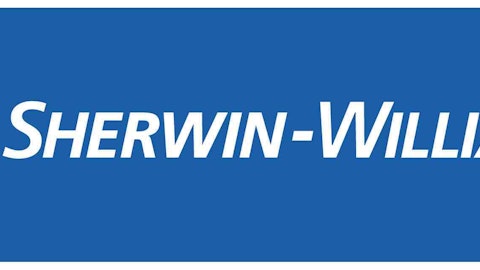New approaches are providing revenue for old media. Will the trend save some of our most storied brands?
There is no dearth of information on how the internet has disrupted the so-called Fourth Estate: the once mighty network of powerful reporters, editors, and newspaper publishers has seen their relevance decline in era of bloggers and real-time tweets. Not to mention their profit margins.
That is, with some notable exceptions.
A few traditional media outlets have managed to make a turnaround – and a new report from The New York Times suggests that larger companies considered ‘old media’ are beginning to follow suit. For instance, there are the well known success stories of The Huffington Post and Politico, both of which have grown consistently in popularity, size, and prestige since their conception.

And Politico, once a modest blog dedicated to covering news and gossip on Capitol Hill, has since grown into an important media company. Profits have grown every year since President Obama’s inauguration in 2009, proving its revenues don’t rely on the election cycle as much as some previously thought.
Politico recently purchased a smaller blog, is setting up offices in New York City, and has made several high-profile hires. This is just one example of media companies turning a profit by focusing on alternative, typically online, platforms. The Atlantic, which had been in the red for decades, expects to bring in $1.8 million this year thanks in part to its many, varied content sites.
Investing ideas
It may have taken a couple of years, but other old media companies are starting to follow suit. The Washington Post is now under the stewardship of one of the internet’s boldest entrepreneurs. The New York Times has rebranded its international wing, and is taking advantage of the lucrative expositions and conferences that newspapers and magazines are using to fatten their bottom lines.
There is an age-old notion that the public will never lose its appetite for content. But an increasingly connected world, with greater access to celebrity writers through blogs and Twitter, means these media companies have to work harder to justify charging a premium for access to their content.
From an investor’s perspective, part of the market’s skepticism for older news platforms means that some of these companies might be undervalued. The New York Times Company (NYSE:NYT) fits that profile. Its levered free cash flow is $237.19 million vs. an enterprise value of $1.82 billion. That gives its stock a potential upside of 13.03% when the company’s revenues are weighted against its size, debt, and stock price.
To see if we could find any other media companies capitalizing on the trend, we screened a universe of media companies for stocks with projected 5 year earnings per share (EPS) growth of at least 15%. For an industry in flux, that’s a good indication of future growth.
So are these publishing stocks worth a closer read?
Click on the interactive chart to view yearly and monthly returns over time.
Do you think these media companies are doing enough to merit future growth? Use the list below as a starting point for your own analysis.1. The Dolan Company (NYSE:DM) (DM, Earnings, Analysts, Financials): Provides business information and professional services to legal, financial, and real estate sectors in the United States. Market cap at $82.87M, most recent closing price at $2.72.
EPS Next 5 Years: 17%





